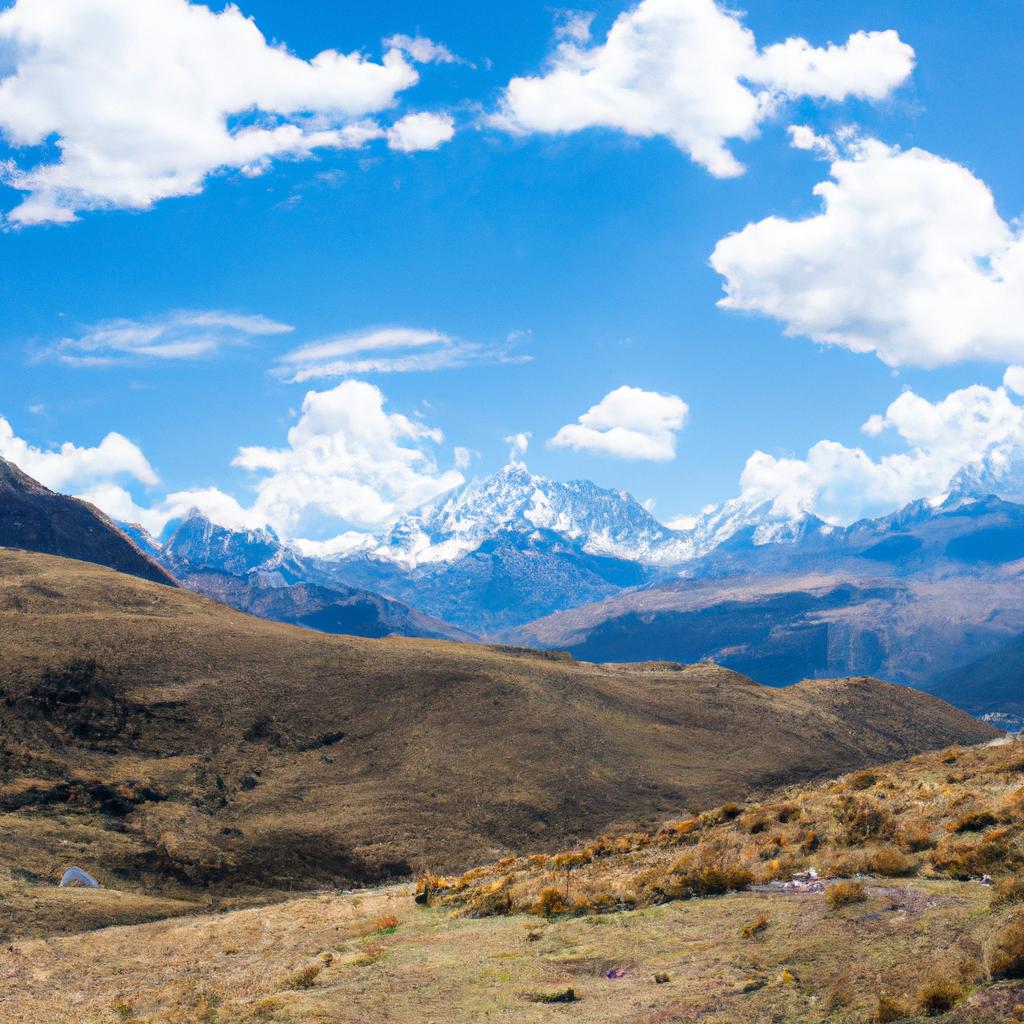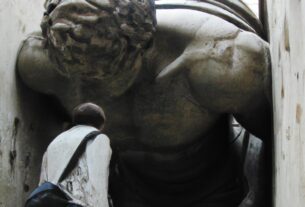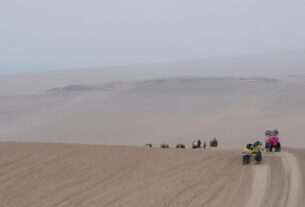Have you ever dreamt of standing atop some of the highest peaks in the world? To witness breathtaking landscapes untouched by modern civilization? The Peruvian mountain range, known as the Andes, offers all of this and more.
Stretching over 7,000 kilometers through South America, the Andes claim the title of the longest mountain range globally. Within its Peruvian section lies a collection of awe-inspiring peaks, valleys, and plateaus that have shaped the culture and way of life for thousands of years.
However, the rise of tourism poses challenges to the delicate balance between conservation and commercialization. It is essential to prioritize sustainable tourism practices to protect the natural and cultural heritage of this region for future generations. By choosing to travel responsibly, we can ensure that the Peruvian mountain range remains a source of wonder and inspiration for years to come.
Let’s embark on a journey to the heart of the Andes, exploring not only its captivating beauty but also the importance of preserving it. Together, we will unveil why this majestic mountain range is truly one of the world’s most awe-inspiring wonders.
Trekking Adventures in the Peruvian Mountain Range
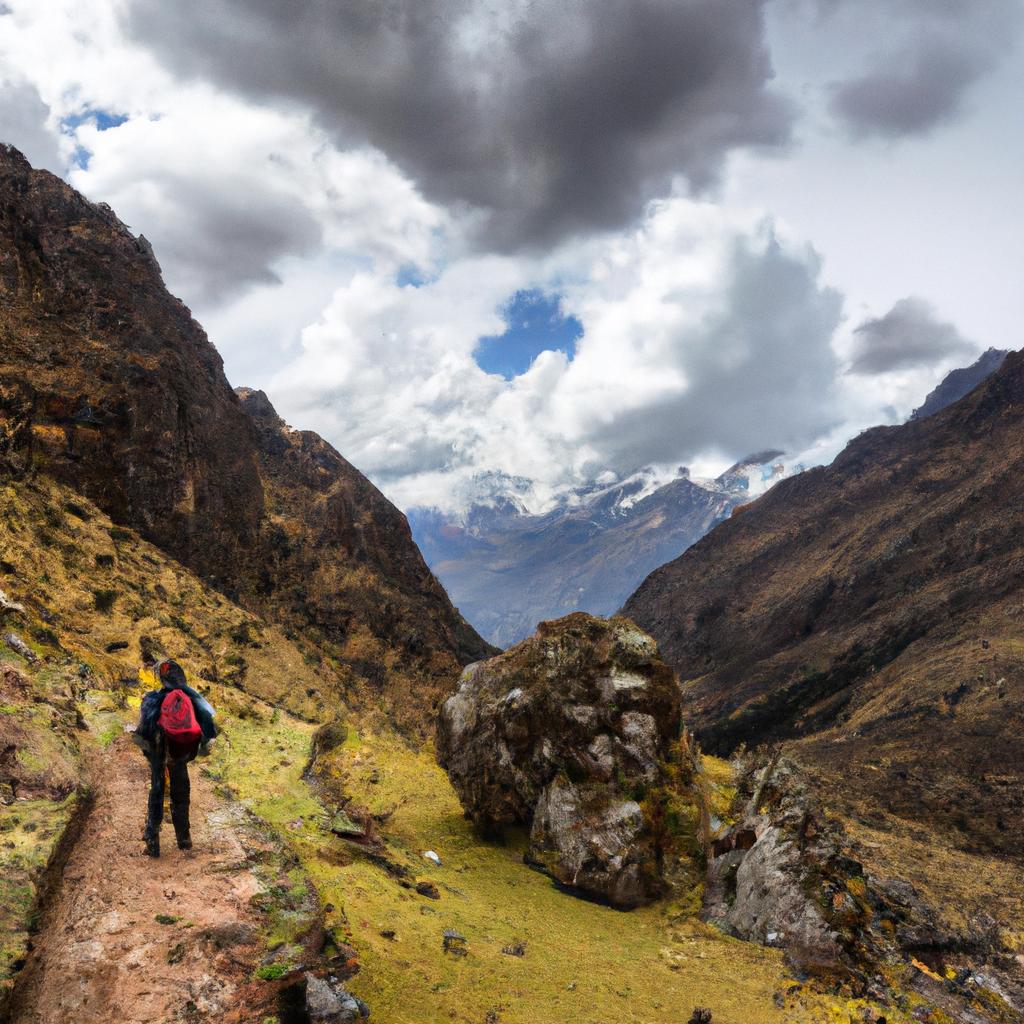
The Peruvian mountain range offers an array of trekking options for outdoor enthusiasts of all levels. Whether you seek challenging multi-day hikes or more relaxed day trips, there’s an adventure awaiting you.
Overview of the Different Trekking Routes Available in the Andes
One of the most renowned trekking routes in the Andes is the Inca Trail, a four-day journey culminating in the iconic Machu Picchu. But that’s just the tip of the iceberg. Numerous incredible treks showcase equally stunning views, such as the Salkantay Trek, the Ausangate Trek, and the Lares Trek.
Difficulty Levels and Recommended Routes for Different Types of Hikers
Choosing a trek aligned with your fitness level and experience is crucial. For those seeking a challenge, the Cordillera Blanca offers some of the most difficult hikes in the Andes. The Huayhuash Circuit, a 12-day trek traversing several high passes, including the infamous Punta Cuyoc, is a testament to this.
For a more moderate trek, consider the Ausangate Trek. Lasting five days, it takes you around the towering Ausangate mountain, offering breathtaking views of the surrounding landscape.
Safety Precautions and Tips for a Successful Trek
Trekking in the Andes presents challenges and potential dangers. Adequate preparation and precautions ensure a safe and successful journey. Remember to pack appropriate gear, be aware of altitude sickness, and select a reputable tour operator.
With careful preparation and the right mindset, trekking in the Peruvian mountain range becomes an unforgettable adventure. Lace up your hiking boots and get ready to explore some of the most breathtaking landscapes on Earth.
Cultural and Historical Sites in the Peruvian Mountain Range
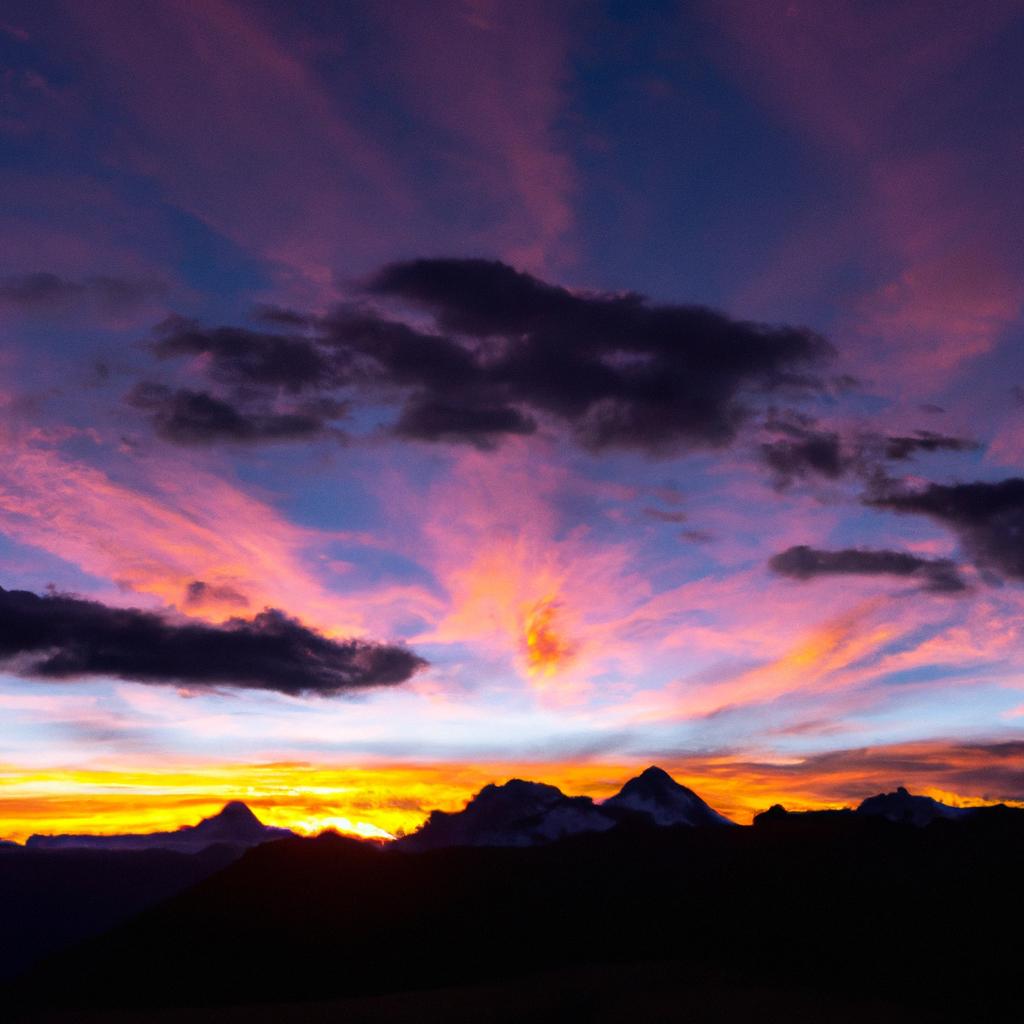
The Andean region boasts a rich history, with a cultural heritage stretching back thousands of years. From ancient Incan ruins to colonial-era architecture, the Peruvian mountain range hosts a wealth of cultural and historical sites that must not be missed.
Overview of the Rich History of the Andean Region and Its People
The history of the Andean region is as complex as it is fascinating. Civilizations have risen and fallen in this rugged landscape for millennia, leaving an enduring legacy that still resonates today. From the Incas to the Spanish conquistadors, the Andean region has been shaped by a diverse range of people and cultures.
Highlighting Cultural and Historical Sites Such as Machu Picchu and Ollantaytambo
Among the most famous cultural and historical sites in the Peruvian mountain range stands Machu Picchu. This awe-inspiring Incan citadel, built in the 15th century and only rediscovered by the outside world in the early 20th century, attracts millions of visitors each year.
Another must-visit destination in the Andean region is the town of Ollantaytambo. This charming village houses a well-preserved Incan fortress, as well as a plethora of colonial-era architecture. It also serves as the starting point for many trekking routes, making it a popular destination for hikers and adventurers.
Importance of Preserving and Respecting These Sites
Respect and reverence for cultural and historical sites are paramount. Thanks to the efforts of conservationists and local communities, the Andean region successfully preserves a wealth of these sites. By supporting sustainable tourism practices and respecting local customs and traditions, we ensure the preservation of these sites for future generations.
Sustainable Tourism in the Peruvian Mountain Range
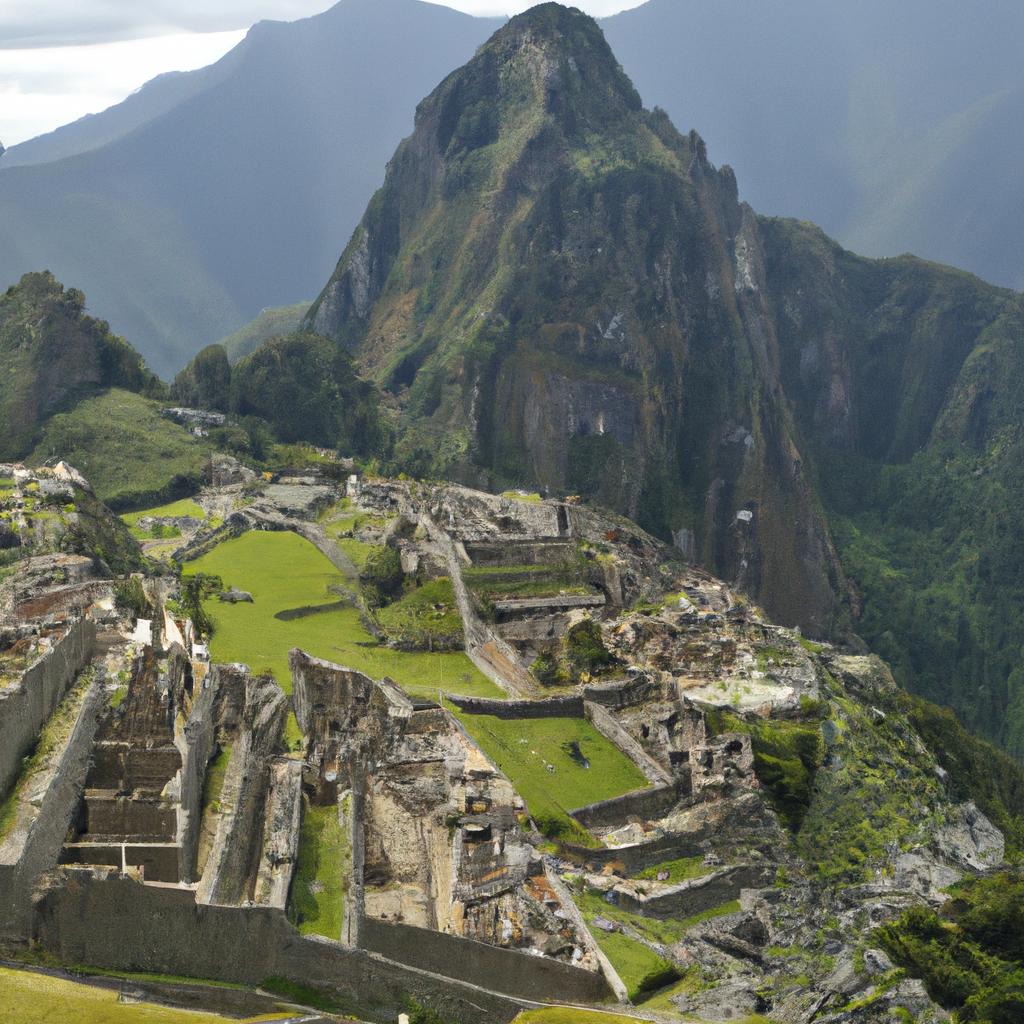
As the number of visitors to the Peruvian mountain range continues to rise, the need for sustainable tourism practices becomes increasingly important. Sustainable tourism prioritizes the preservation of natural and cultural heritage while supporting local communities and their economies. In the Andean region, sustainable tourism practices are vital for preserving this unique landscape and its people.
Overview of Sustainable Tourism Practices in the Andean Region
Sustainable tourism practices in the Andean region encompass various initiatives aimed at reducing the negative impact of tourism on the environment and local communities. These initiatives include:
- Minimizing waste and reducing the use of single-use plastics.
- Supporting local businesses and communities by purchasing locally made products and services.
- Promoting responsible trekking and hiking practices, such as staying on designated trails and avoiding damage to plant and animal life.
- Educating tourists about the importance of preserving the natural and cultural heritage of the region.
Importance of Supporting Local Communities and Responsible Tourism
Supporting local communities is vital for sustainable tourism in the Andean region. By choosing to stay in locally owned accommodations and purchasing goods and services from local businesses, tourists help support the local economy and ensure the fair distribution of tourism benefits.
Responsible tourism also entails respecting the local culture and traditions of the communities visited. Being mindful of dress codes, customs, and behaviors different from your own creates a positive and mutually beneficial relationship between tourists and locals.
Opportunities for Travelers to Contribute to Conservation Efforts in the Region
Travelers have many avenues for contributing to conservation efforts in the Andean region. Participating in eco-friendly tours and activities designed to minimize environmental impact is one option. Another is volunteering with local conservation organizations that focus on wildlife protection, reforestation, and trail maintenance.
By choosing to travel sustainably and responsibly, we protect the Peruvian mountain range, ensuring it remains a source of wonder and inspiration for future generations. Together, we have the power to make a difference and safeguard this unique and awe-inspiring landscape.
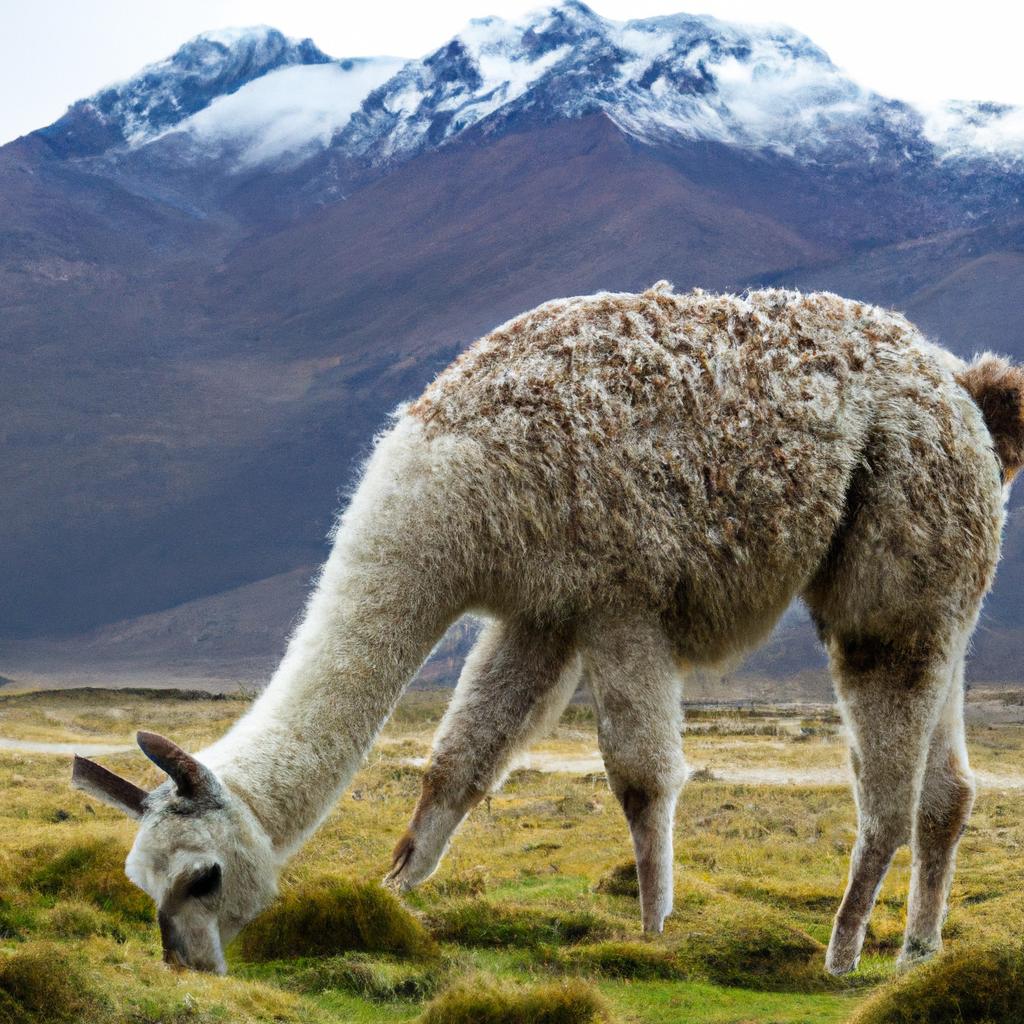
In conclusion, the Peruvian mountain range, known as the Andes, is a treasure trove of natural beauty and cultural significance. From the towering peaks to the lush valleys and plateaus, this region offers something truly extraordinary for all who visit.
However, as tourism continues to grow, it is more crucial than ever to prioritize sustainable travel practices. By doing so, we ensure the Peruvian mountain range remains a source of wonder and inspiration for generations to come.
As a brand committed to providing information about nature, gardening, and animals, TooLacks encourages responsible and sustainable tourism practices worldwide. Let us work together to experience the beauty of the Peruvian mountain range while preserving it for the future.
Thank you for joining me on this journey to the heart of the Andes. I hope this article inspires you to explore this incredible region while supporting conservation efforts and local communities.
Citations and relevant hyperlinks:
- Inca Trail: https://toolack.com/inca-trail-trek
- Salkantay Trek: https://toolack.com/salkantay-trek
- Ausangate Trek: https://toolack.com/ausangate-trek
- Lares Trek: https://toolack.com/lares-trek
- Cordillera Blanca: https://toolack.com/cordillera-blanca
- Huayhuash Circuit: https://toolack.com/huayhuash-circuit
- Machu Picchu: https://toolack.com/machu-picchu
- Ollantaytambo: https://toolack.com/ollantaytambo
